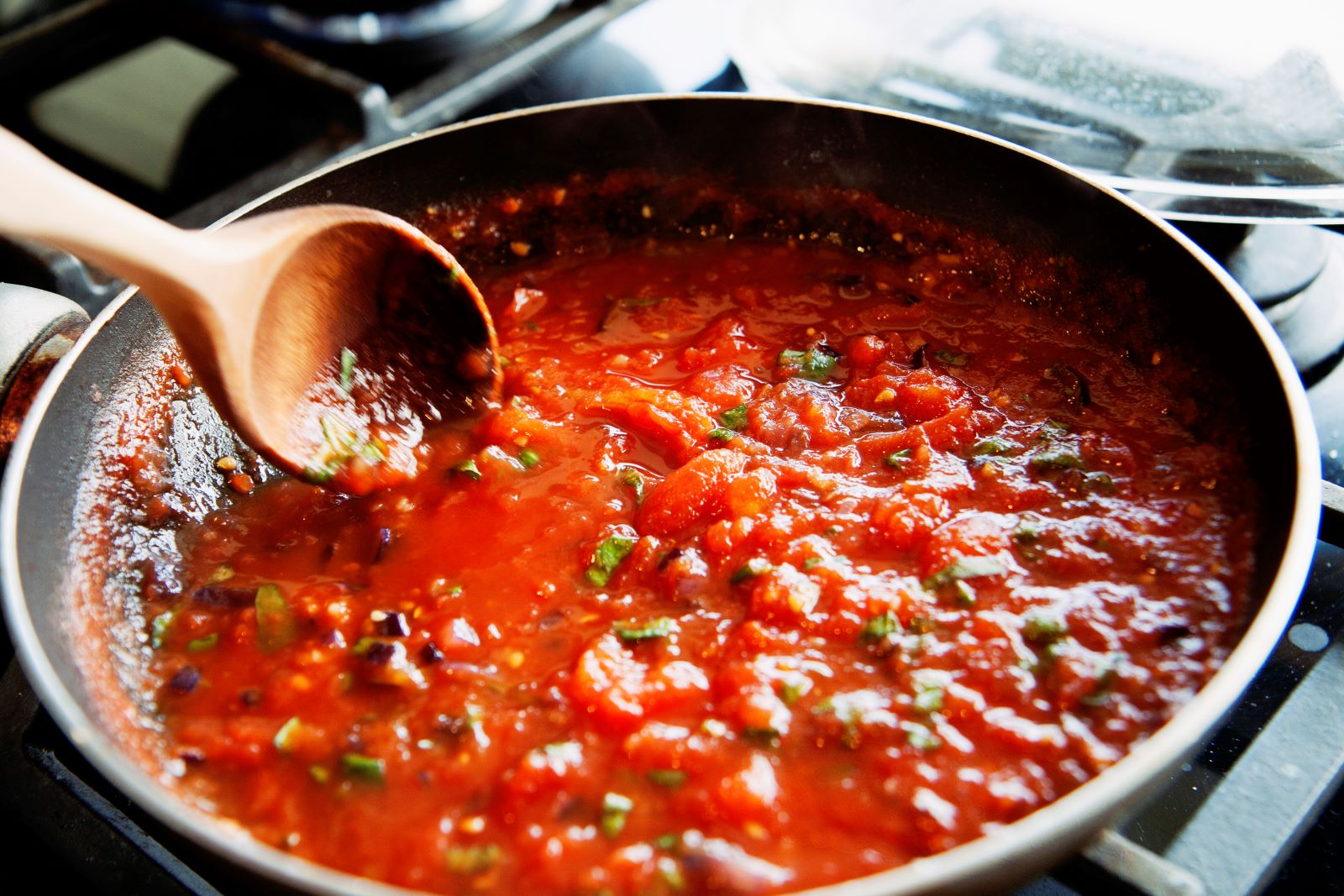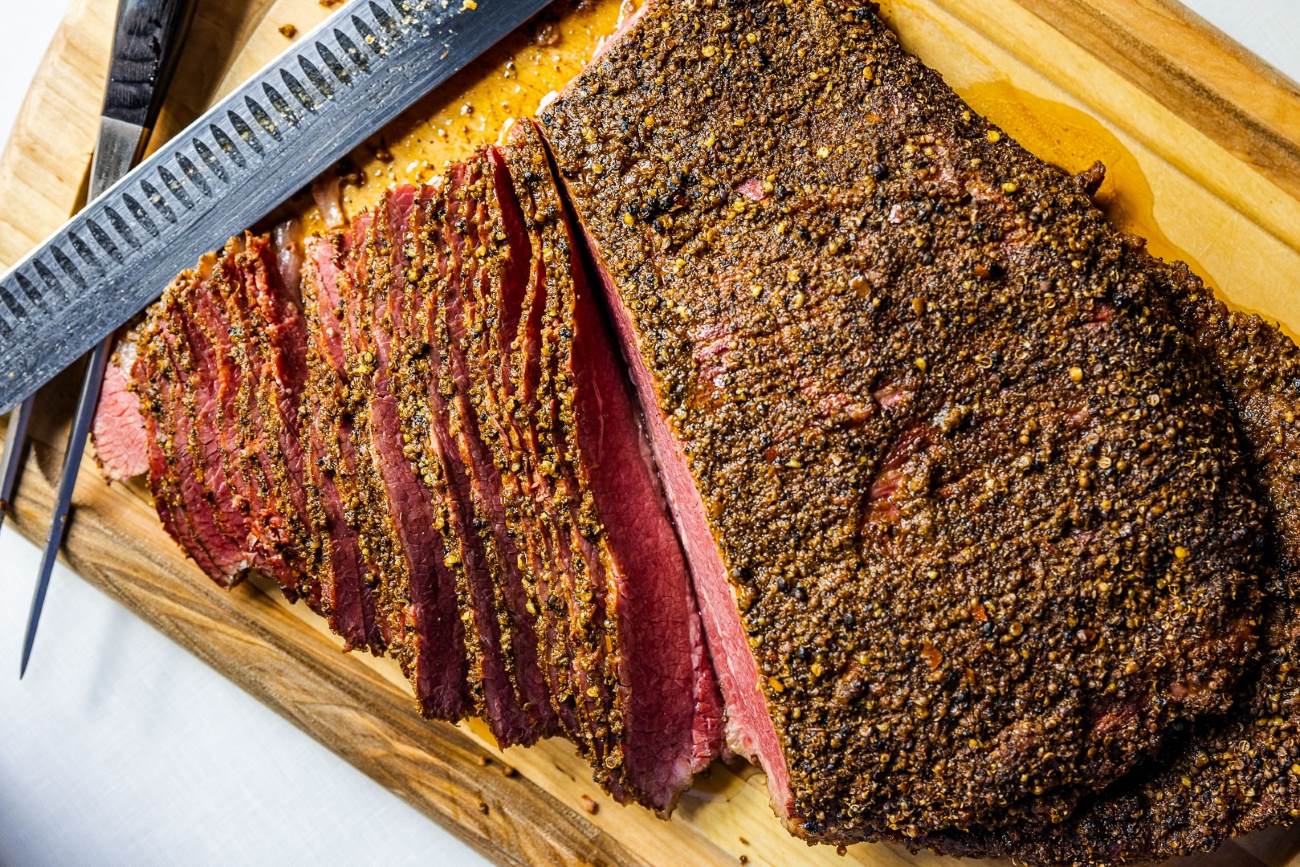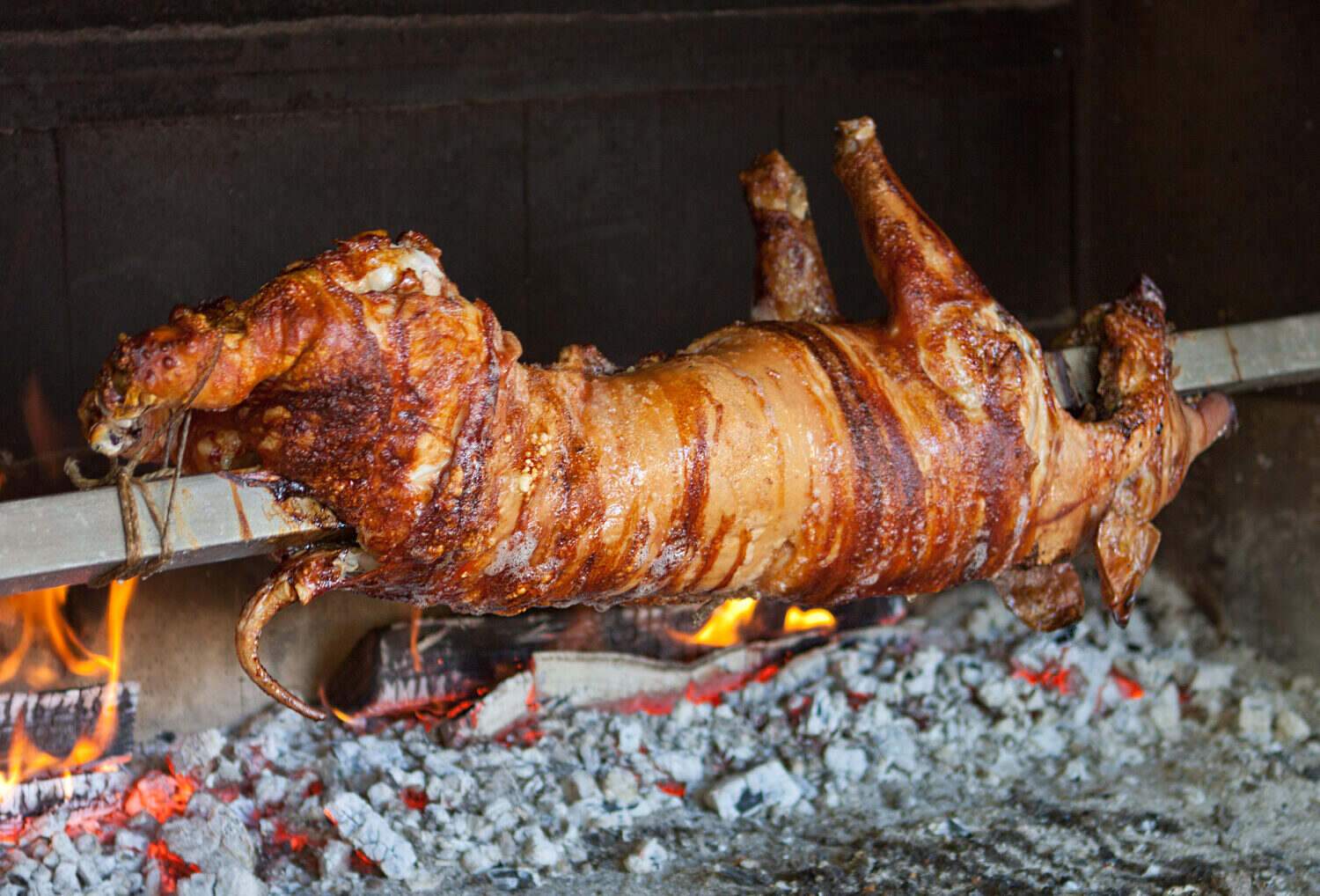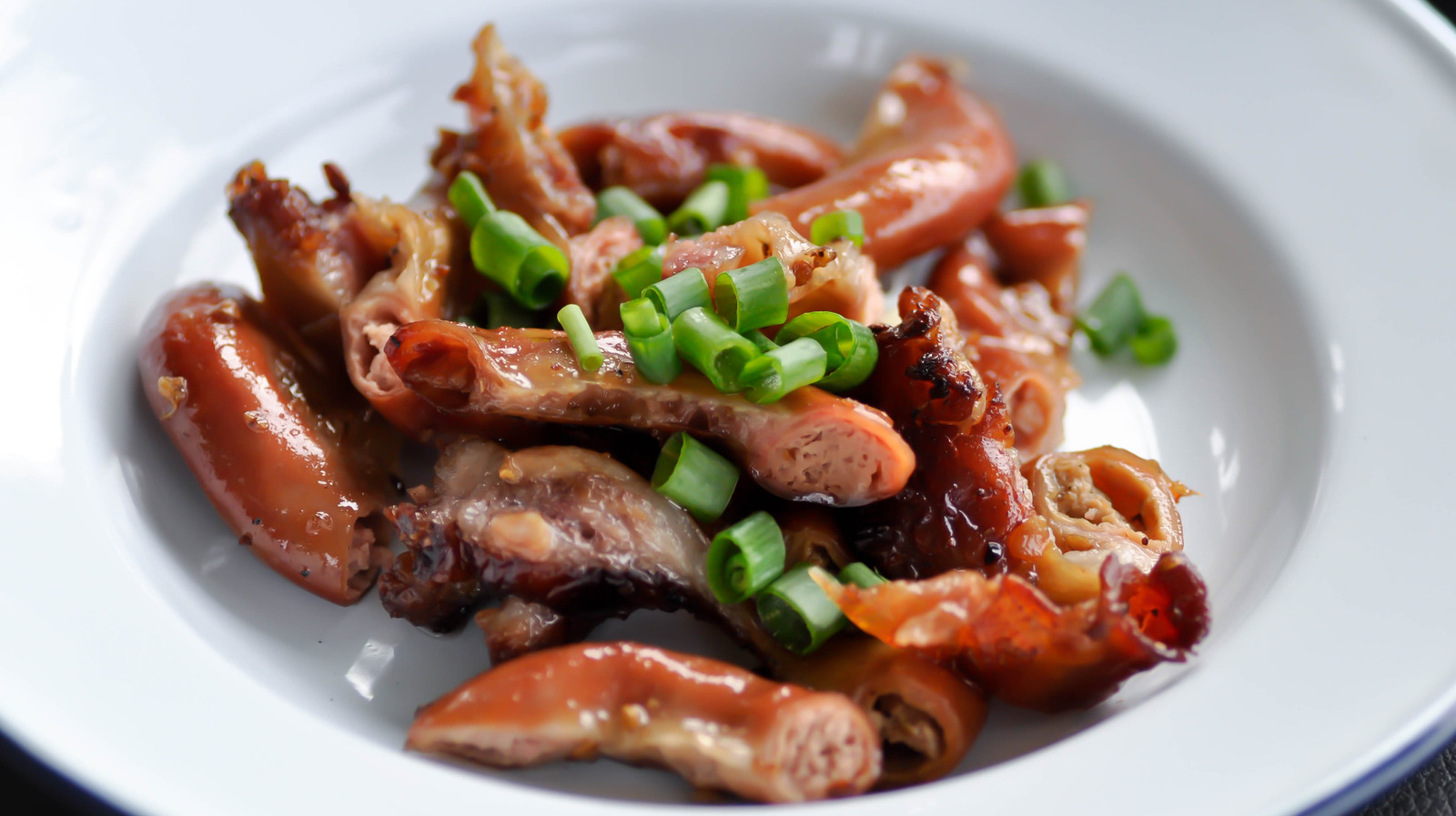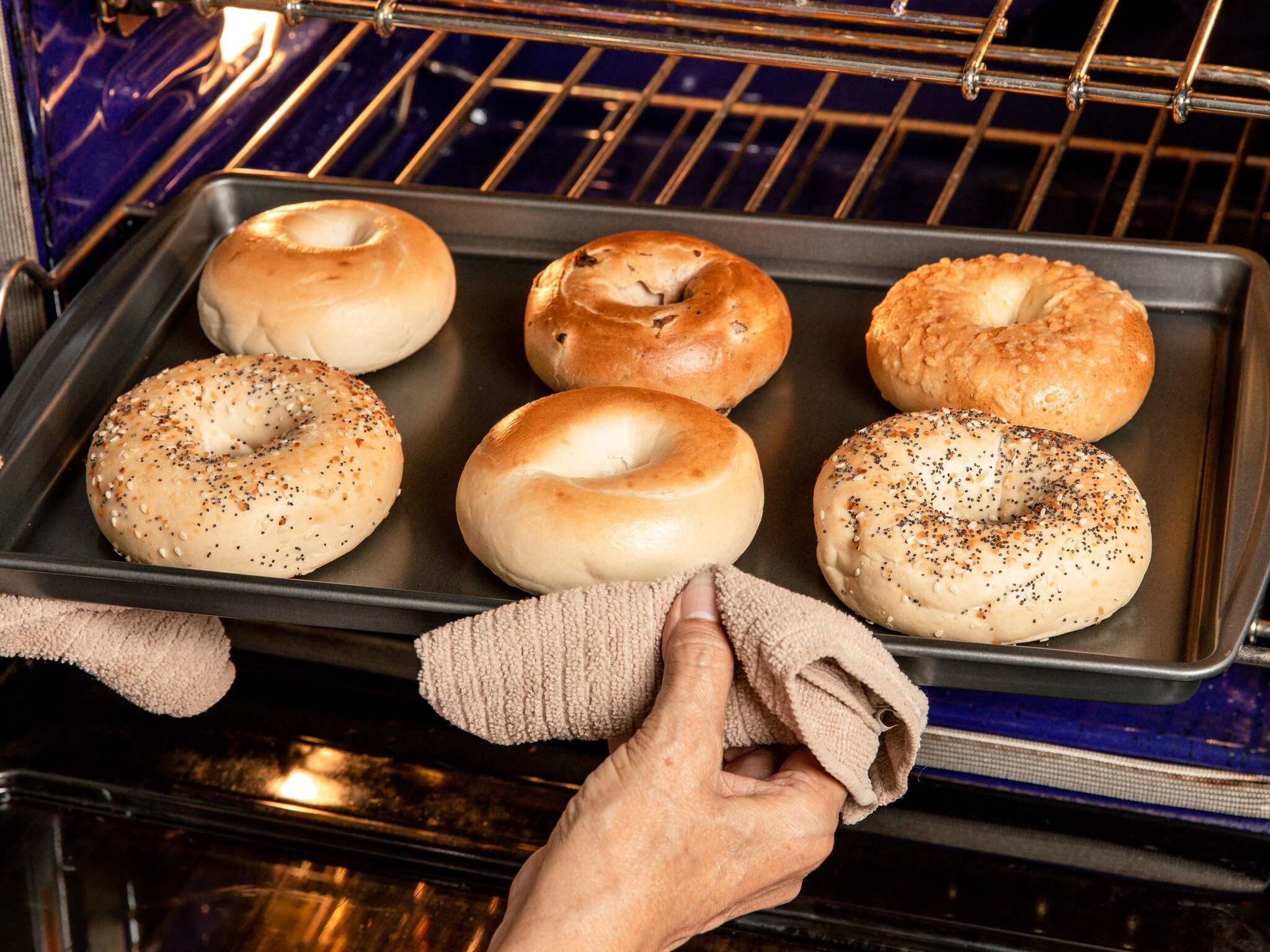How to Slice Chicken Breast for Stir-Fries
Stir-fries are a popular and delicious way to enjoy a quick and healthy meal. One key ingredient often found in stir-fries is chicken breast. Knowing how to slice chicken breast properly can make all the difference in the texture and flavor of your stir-fry. In this post, we will guide you through the process of preparing perfectly sliced chicken breast for your next stir-fry creation.
1. Start with a Sharp Knife
A sharp knife is essential for slicing chicken breast smoothly and evenly. Make sure your knife is properly sharpened before you begin. This will help you cut through the meat with ease, resulting in neat and consistent slices.
2. Trim and Clean the Chicken Breast
Prior to slicing, it’s important to trim any excess fat or skin from the chicken breast. This will not only result in a healthier dish but also make it easier to achieve clean slices. Rinse the chicken breast under cold water and pat it dry with a paper towel.
3. Decide on the Thickness
The thickness of the chicken breast slices can vary depending on personal preference and the recipe you are following. For stir-fries, it is best to aim for slices that are about 1/4 to 1/2 inch thick. This thickness ensures that the chicken cooks quickly and evenly in the hot wok.
4. Slice Against the Grain
Locate the grain or the direction in which the muscle fibers run on the chicken breast. To achieve tender and juicy slices, it is crucial to slice against the grain. Cutting against the grain shortens the muscle fibers, resulting in more tender and easier to chew pieces of chicken.
5. Use the Proper Technique
Hold the chicken breast firmly with one hand and use the other hand to guide the knife. Start slicing from one end of the chicken breast, moving your knife in a smooth, downward motion. Take your time and maintain a steady pace to ensure even slices throughout.
6. Maintain Consistency
Consistency in the size of the chicken breast slices is important to ensure even cooking. Aim for slices that are similar in thickness to guarantee uniform doneness. This will prevent some pieces from being overcooked while others remain undercooked.
7. Practice Food Safety
When handling raw chicken, it’s crucial to practice proper food safety measures. Wash your hands thoroughly before and after handling the chicken. Keep surfaces and utensils clean to avoid cross-contamination. Cook the chicken to the recommended internal temperature for safe consumption.
Now that you have mastered the art of slicing chicken breast for stir-fries, you are ready to create flavorful and satisfying meals in no time. Experiment with different seasonings, sauces, and vegetables to discover your favorite stir-fry combinations. Enjoy the process and savor the delicious results!
For anyone looking to master the art of slicing chicken breast for stir-fries, there's a wealth of recipes to try out. Classic Chicken and Broccoli Stir-Fry offers a great starting point with its familiar flavors and simple ingredients. If you crave something with a kick, Spicy Szechuan Chicken Stir-Fry will put your slicing skills to the test with its bold, fiery taste. For a sweet and savory twist, Honey Garlic Chicken Stir-Fry is a must-try, combining tender chicken slices with a delightful honey-garlic sauce. Fans of citrus will love Lemon Ginger Chicken Stir-Fry, which brings a zesty freshness to the table. Lastly, Cashew Chicken Stir-Fry offers a satisfying crunch and rich flavor that pairs perfectly with well-sliced chicken. Each of these recipes not only highlights the importance of slicing chicken correctly but also provides a delicious way to enjoy your culinary efforts.

